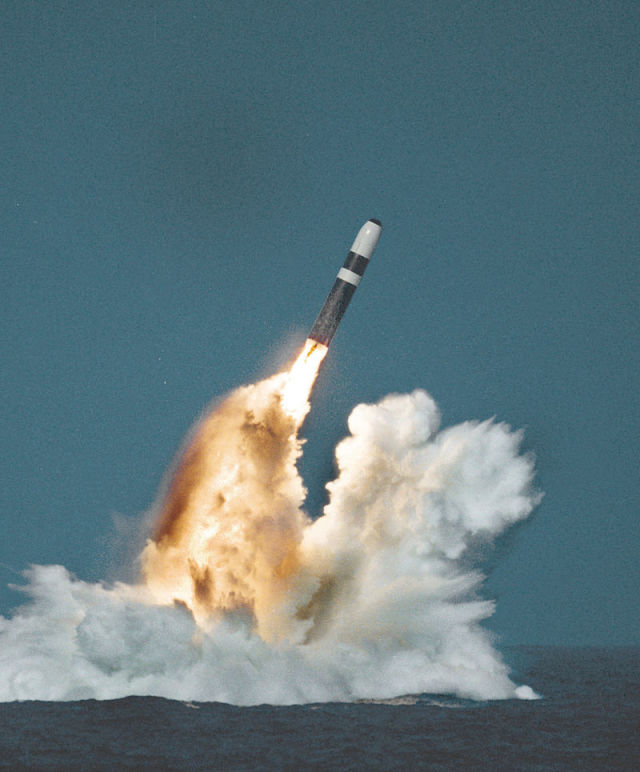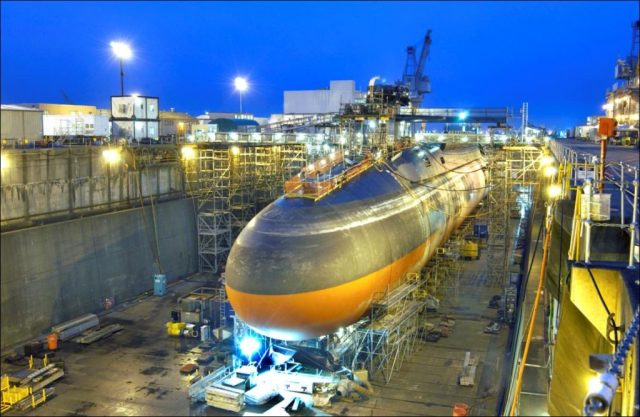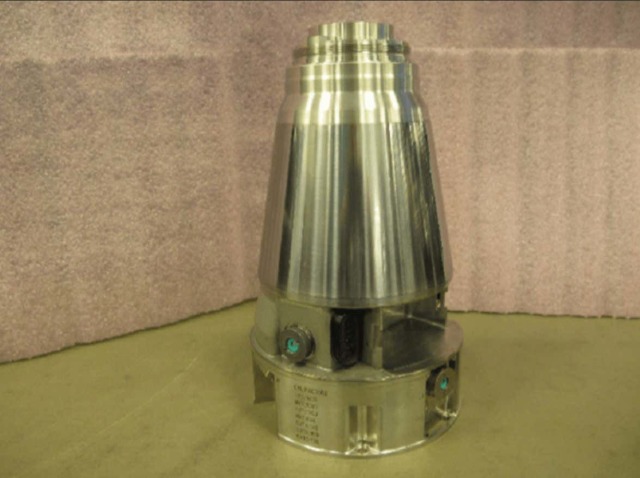The first improved nuclear warhead W88 for Trident II D5 ballistic missiles, designed to be launched from nuclear submarines, has rolled off the assembly line.
The US National Nuclear Safety Administration has announced the completion of the construction of the first sample of the improved warhead W88 Alteration 370, or W88 Alt 370.
This was preceded by delays and cost overruns of millions of dollars. The delivery of the first unit was initially planned for the first quarter of fiscal year 2020, but the program faced a one-year delay after technical problems were identified.
Now the cost of the program is estimated at $ 2.8 billion for the duration of its entire validity. Production of the upgraded warheads will be completed in the 2026 fiscal year. Specific data on the improved warhead is classified: according to information from open sources, the modernization affects many systems and subsystems.
Found a somewhat similar diagram for the MC5000, a planned replacement of the MC3810 AF&F assembly. Along with a recent job posting for a Sandia R&D manager to design the MC5000! https://t.co/hucxBg1rjS pic.twitter.com/M6WK7RrIez- Jon Engelsman (@engelsjk) April 24, 2018
The modernization program is aimed at eliminating the problems associated with the age of the existing arsenal of W88 and maintaining the readiness of these products. Today, they are included in several types of warheads that can be used for Trident II D5 ballistic missiles.
The latter is a fourth-generation three-stage ballistic missile designed to be launched from nuclear submarines. According to open sources, the Trident II D5 has a maximum range of more than 11 thousand kilometers and has a separable head with individual guidance units equipped with thermonuclear charges.

Trident II D5
Image source: wikipedia
High accuracy allows the missile to effectively hit small, highly protected targets, such as deep bunkers and silo launchers of intercontinental ballistic missiles.
As of 2018, the Trident II is the only type of submarine-launched ballistic missile remaining in service with the strategic missile submarines of the United States Navy.
The direct carrier of this missile in the US Navy is the Ohio-type submarines. These are quite old ships, the first of which — the USS Ohio (SSGN-726) - entered service in 1981.

USS Ohio (SSGN-726)
Image source: USN
Now the United States is actively developing a replacement for these submarines. The promising new-generation submarine was named Columbia: if nothing changes, the lead ship will be commissioned in the early 2030s.
In a broad sense, the boat will be an analogue of the Russian submarine project 955. Factory sea trials of the new submarine of the series — the ship "Prince Oleg" — began in May

